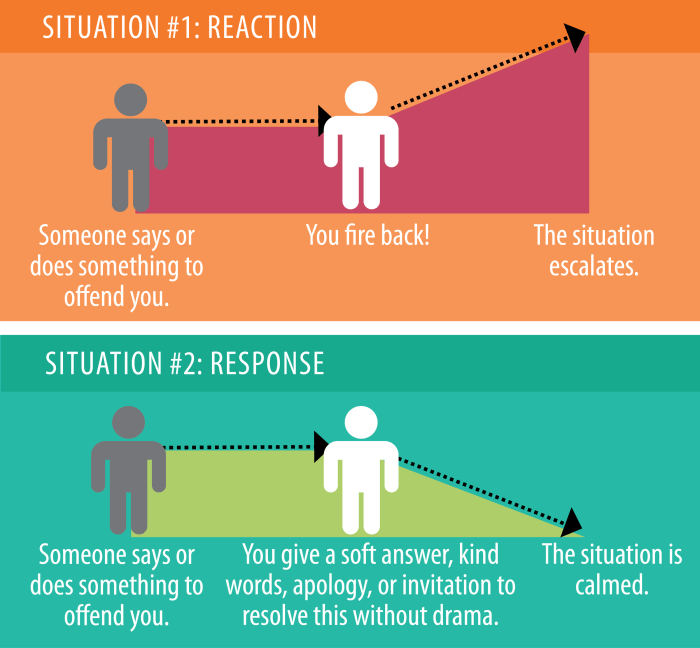What stage of dementia is sundowning? This perplexing phenomenon, characterized by a worsening of behavioral and cognitive issues during the late afternoon and evening hours, affects individuals with dementia in various ways. Understanding the link between sundowning and the progression of dementia is crucial for caregivers and medical professionals alike. This exploration delves into the…
Category: Dementia Care
Responding to Confabulation in Dementia A Guide
Responding to confabulation in dementia is a crucial aspect of caregiving. This guide dives deep into understanding confabulation in dementia, from its definition and triggers to effective response strategies and communication techniques. We’ll explore how to identify confabulation, differentiate it from other cognitive impairments, and create supportive environments to help manage these episodes. This comprehensive…


